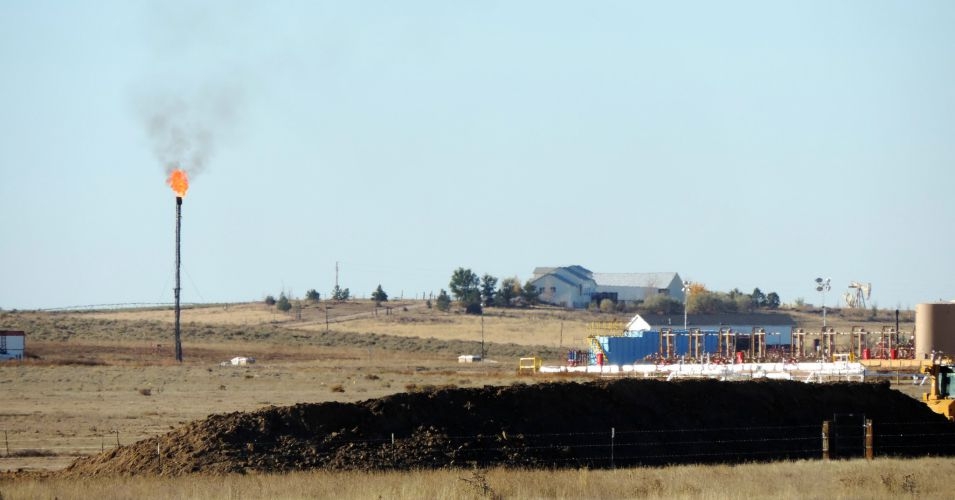Published on Monday, November 25, 2013 by Common Dreams
Study: twice as much methane as previously thought being released from East Siberian Arctic Shelf
New research reveals that the amount of the potent greenhouse gas methane escaping from an area in the Arctic is over twice the amount previously estimated.
For the study published Sunday in the journal Nature Geoscience, researchers looked at the East Siberian Arctic Shelf, a 2-million square kilometer area off the coast of Northern Siberia, and used various techniques including sonar technology to measure the methane escaping.“It is now on par with the methane being released from the arctic tundra, which is considered to be one of the major sources of methane in the Northern Hemisphere,” said Natalia Shakhova, a lead author of the study and a scientist at the University of Alaska Fairbanks.
Methane, 25 – 30 times more potent of a greenhouse gas than CO2, can be stored under the sea bed as hydrates if sub-sea permafrost remains frozen. The methane escapes when the permafrost thaws and holes are created. The study found that the release of the gas was abetted by storms, which churn up the waters and help speed release of the gas into the atmosphere.
The researchers found that at least 17 teragrams (1 million tons) of the methane are being released into the atmosphere each year; an ealier study found that the East Siberian Arctic Shelf was releasing 7 teragrams of methane yearly.They note that methane plays an important role in climate change because it's part of a "positive feedback loop"—as the planet warms, more methane is released, and more methane emissions mean more global warming.
“Increased methane releases in this area are a possible new climate-change-driven factor that will strengthen over time,” stated Shakhova, a leader in methane studies on the East Siberian Shelf.
“We believe that the release of methane from the Arctic, and in particular this part of the Arctic, could impact the entire globe,” she said
__________________




